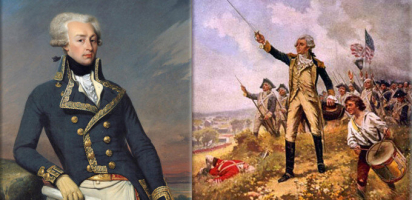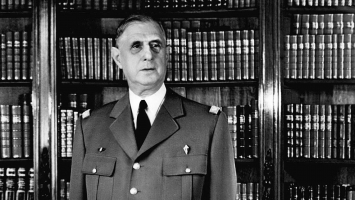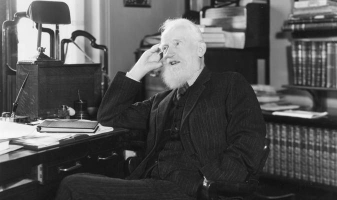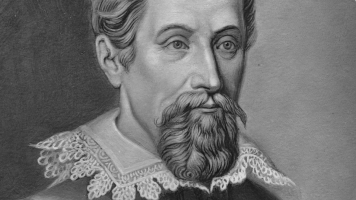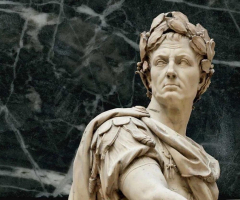Top 8 Interesting Facts about Miguel de Cervantes
Author Miguel de Cervantes was a poet, playwright and novelist best known for his two-part masterpiece "Don Quixote". A true literary genius, he wrote in all ... read more...sorts of works, despite the misfortunes he encountered along the way. However, there are interesting facts about Miguel de Cervantes that you may not know. Please refer to the article below of Toplist for more information.
-
One of the interesting facts about Miguel de Cervantes is that he comes from a big family. Rodrigo Cervantes had a total of seven children, the fourth of whom, Miguel De Cervantes, was born in Alcalá de Henares. His mother, Leonor de Cortinas, had reading and writing abilities at a period when it was uncommon for women of that era, while his father was deaf and a surgeon.
His older sister Magdalena died five years before Miguel was born, his younger brother Juan on an unknown date and his older brother Andres tragically passed away shortly after birth. His sister Luisa became a nun in the Catholic Church. He also has a younger brother named Rodrigo and a second sister named Andreas. The oldest son, Miguel de Cervantes, was born three years before his brother Rodrigo in 1547. The youngest, Juan, was born in 1555 and died at an unknown date, while the youngest, Magdalena, passed away five years before Cervantes.
Although his father was a surgeon, the profession was not as well-respected as it is today. As his father looked for better opportunities, it was difficult to secure employment, forcing the family to travel frequently. Cervantes was claimed to be a voracious reader, a skill he was said to have learned from a relative, despite the family's precarious financial condition.
While the majority of his surviving works were produced in the three years prior to his death, when he was sponsored by Count Lemos and not compelled to work a job, much of his life was spent in poverty and obscurity. Nevertheless, the fact that Spanish is frequently referred to as "the language of Cervantes" is evidence of his literary influence and contribution.
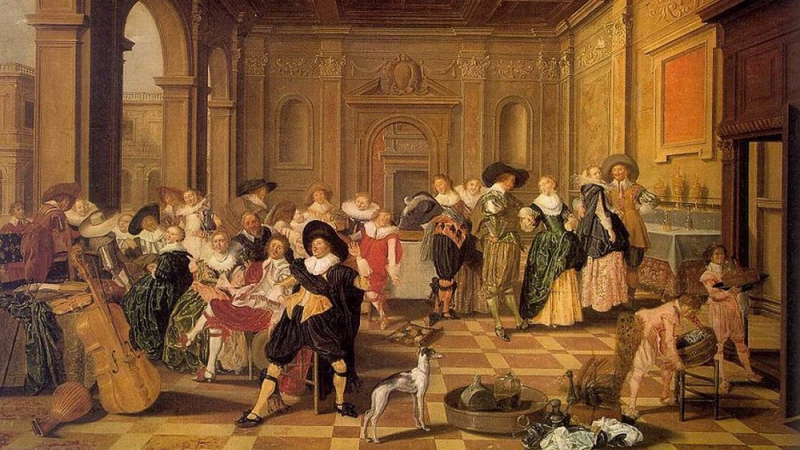
Photo: https://img2.grunge.com/ 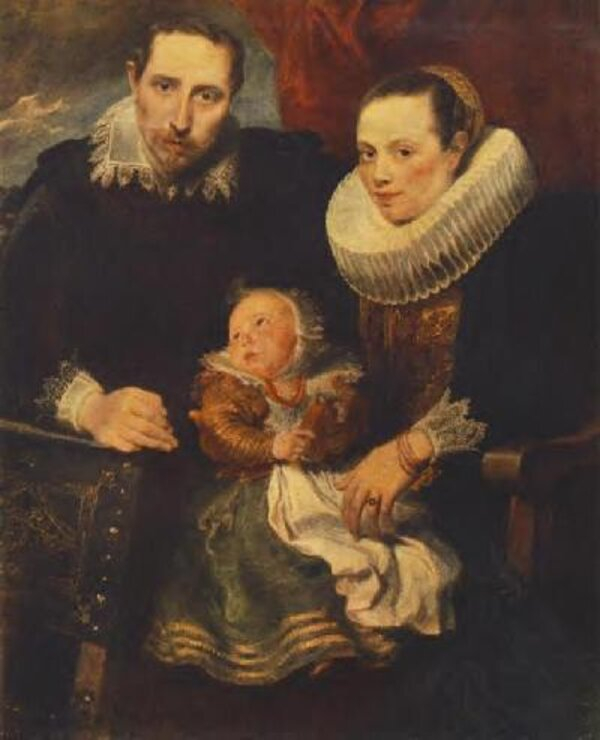
Photo: https://img2.grunge.com/ -
A two-part novel titled "Don Quixote" was released in 1605 and 1615, respectively. It is a cherished piece of Western literature that is even regarded as the forerunner of contemporary fiction. This work, which was the first global bestseller, made Cervantes well-known outside of Spain, in Italy, France, and England.
A two-part novel titled "Don Quixote" was released in 1605 and 1615, respectively. It is a cherished piece of Western literature that is even regarded as the forerunner of contemporary fiction. This work, which was the first global bestseller, made Cervantes well-known outside of Spain, in Italy, France, and England.
After being rediscovered by English writers in the middle of the 18th century, literary critic John Bowle saw Cervantes as being on par with any popularized and published Greek and Roman author of the time. an edition with annotations in 1781. Despite failing at the time, the work is now regarded as vital. But Don Quixote has 700 editions and has been translated into every major language. Don Quixote by Miguel de Cervantes has been translated into around 60 languages, including English in 1612 by Thomas Shelton. Because it has been adapted for theater plays, television, and movies as well, it has overtaken paper in popularity.
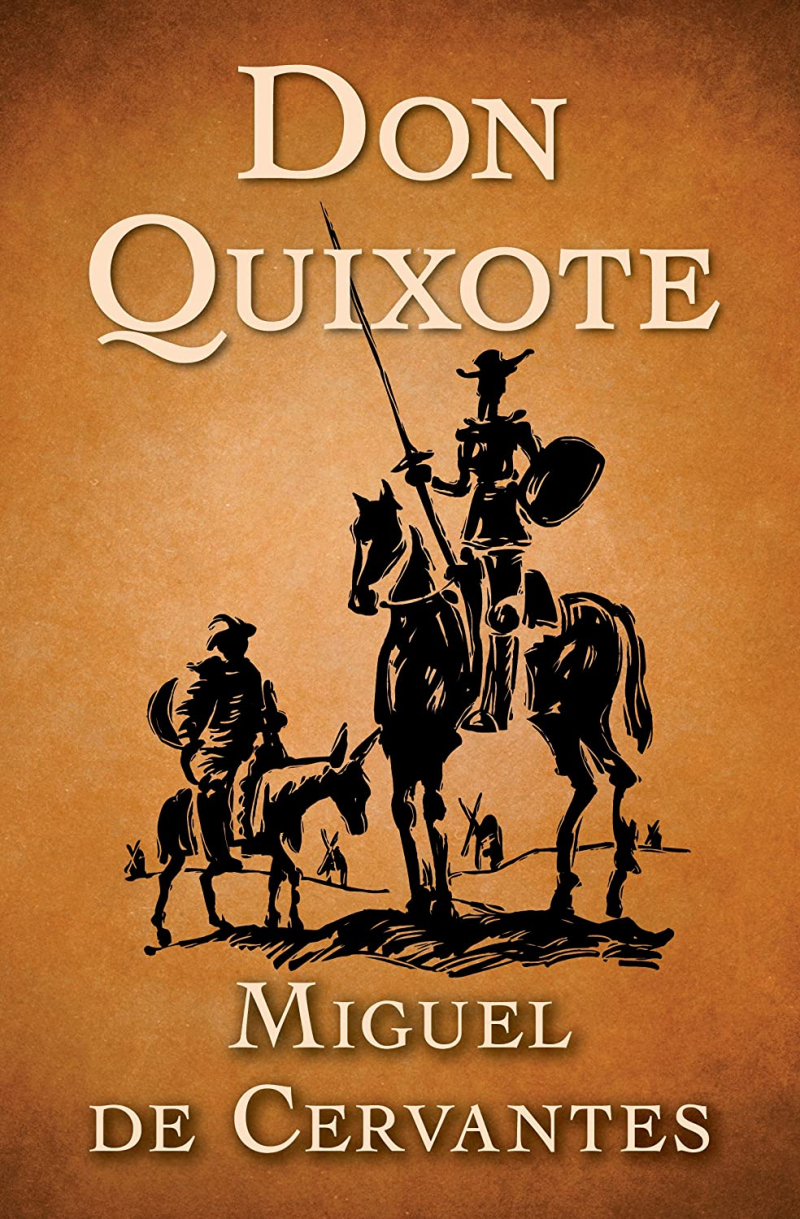
Photo: https://www.makaobora.co.ke/ 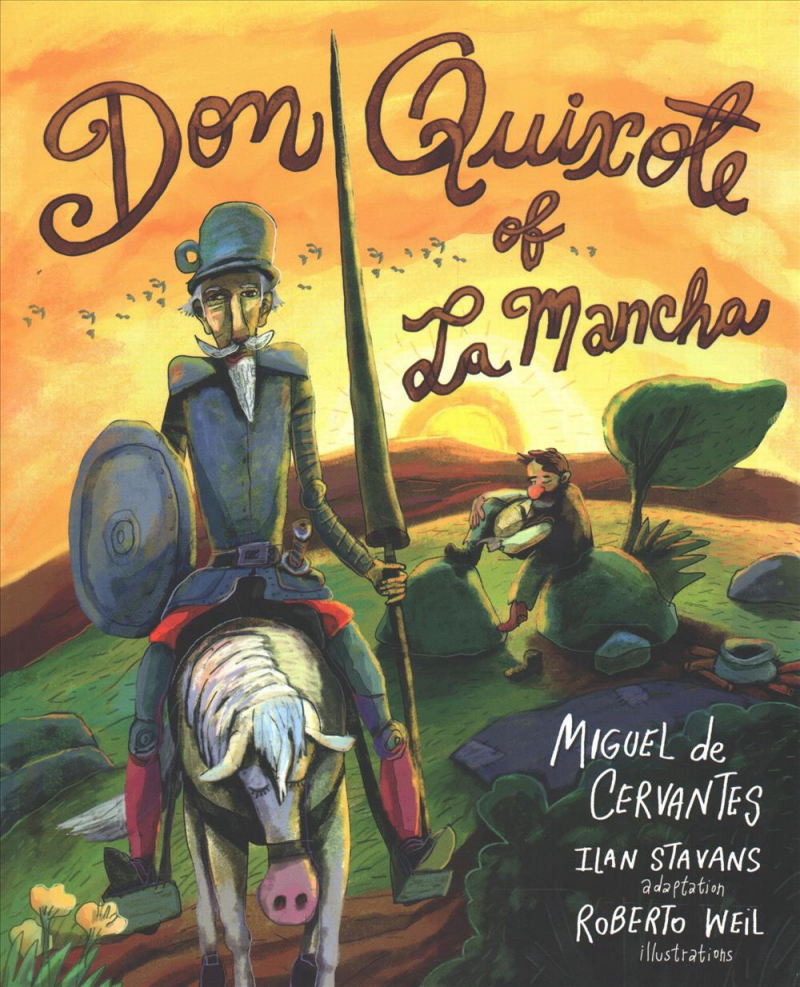
Photo: https://i.thenile.io/ -
One of the interesting facts about Miguel de Cervantes is that he was a military man. Manco de Lepanto is another name for Miguel de Cervantes. His occupation was to defend his mother country, historians claim, and he made the decision to enlist as his call was being drafted. He enlisted in the Spanish army while in Italy. He joined the army in Napoles, France, in 1570, under Don Miguel de Moncada's command. On October 7, 1571, Cervantes and his brother Rodrigo were on board the La Marquesa for the Battle of Lepanto.
He participated in the Battle of Lepanto in 1571, where he earned a reputation for bravery. He suffered a terrible injury to his left hand during the conflict, rendering it largely immobile. Nevertheless, this did not deter him; following his recovery, he fought in other conflicts from 1572 to 1575, until Cervantes and his brother Rodrigo left for a trip back to Spain. The captain of the Moorish ship Dali Mami, better known as "El Cojo," had the misfortune to capture and take them prisoner in Algiers, where he kept them. His family was unable to pay the "500 escudos de oro" ransom demand, therefore he was held captive for 5 years despite making numerous fruitless efforts to flee. Then he became ill, but he was determined to fight alongside his brothers and would not remain in the spectator area.
The Ottoman Turks severely wounded Cervantes. He actually 'healed' for a further two years despite having a crippled hand and two chest wounds. Even with his left hand immobile, he took part in the battles of La Goleta and Tunis.
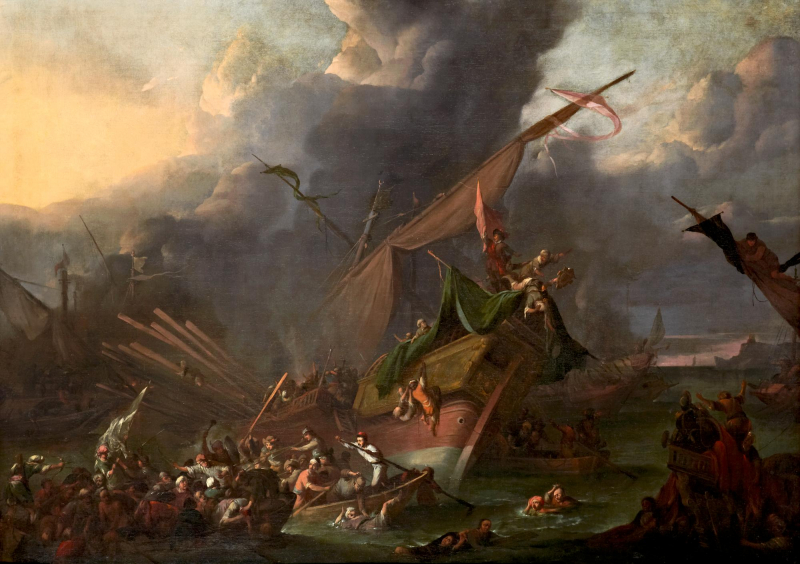
Photo: https://cdn.theculturetrip.com/ 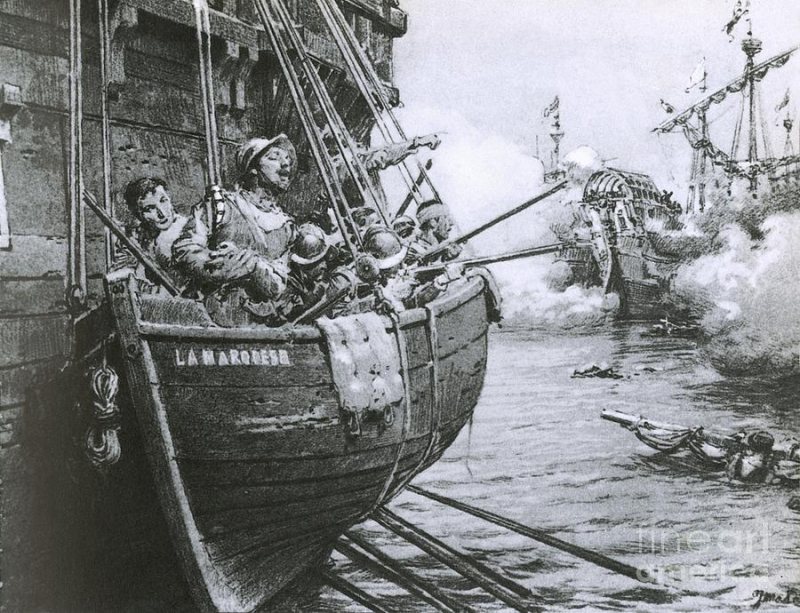
Photo: https://images.fineartamerica.com/ -
After leaving the battlefield for Spain, Cervantes and Rodrigo's new existence is cut short when they crash with a Turkish ship. Ironically, he was taken prisoner by the Turks at Lepanto, whom he had just vanquished. He returned to Spain in 1575 in the hopes of being given the position of captain, but sadly the ship he was aboard was taken, prisoner. The Turks sold him, and for five years he was held as a slave in Alger.
The Dali Mami's captain, also known as "El Cojo," is keeping them as slaves. His family could not pay the "500 escudos de Oro" demanded as ransom. Cervantes made repeated unsuccessful attempts to flee. Three years before Cervantes, Rodrigo was published. He spent five years behind bars. After a ransom was paid, he was eventually able to obtain his freedom in 1580.
Despite the failure of all four of his attempts to flee, his kidnappers did not torture or murder him, this favor might have even saved his life. But because of this treatment, his ransom price increased. After his family paid a sum of 500 escudos (with assistance from the Trinitian brothers) to the Muslim slave owners in 1580, he was eventually set free.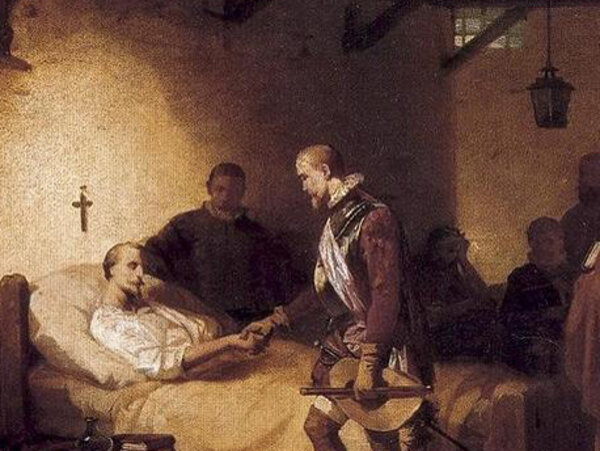
Photo: https://s.libertaddigital.com/ 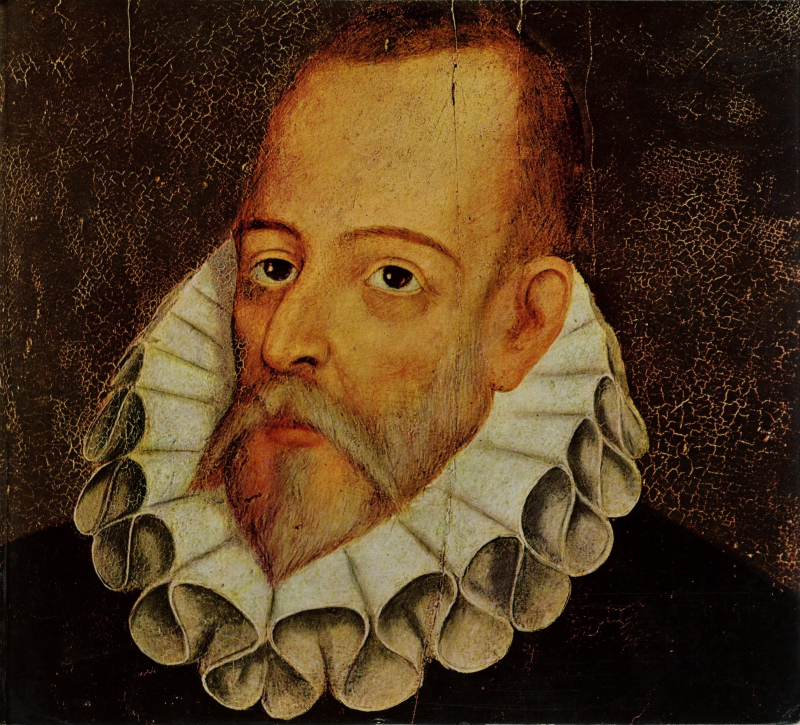
Photo: https://www.lanota-latina.com/ -
One of the interesting facts about Miguel de Cervantes is that his early works did not gain much traction. More than 20 plays, including El trato de Argel, are allegedly based on Cervantes' experiences as a captive. Such productions had a very brief lifespan, and even Lope de Vega, the most well-known playwright of the time, was unable to support himself. He wrote a straightforward pastoral romance called La Galatea in 1585, but he never followed through on his pledge to write a sequel.
Before Don Quixote, Cervantes published several books, but they were not as well-loved as he would have liked. His debut book, the pastoral romance La Galatea, was released in 1585 to mixed reviews. He did, however, receive a fair price for it 1,336 reales. Except for these and a few poems, Cervantes had not had any works published for 20 years in 1605.
After that, Miguel started composing plays, but sadly, they also failed to catch on. Only two of the numerous TV series Miguel de Cervantes created have survived to the present day, La Numancia and El Trato de Argel, both of which were produced in the 1580s. This is an intriguing fact about Miguel de Cervantes.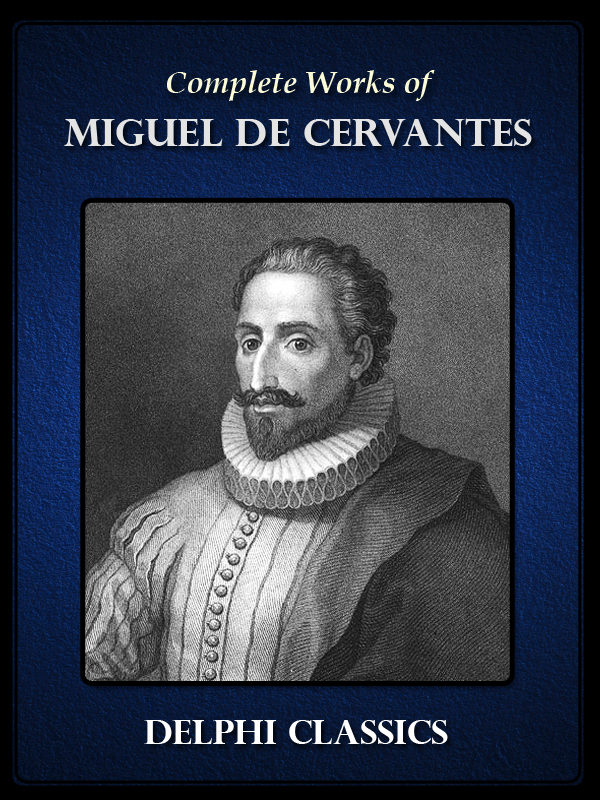
Photo: http://www.delphiclassics.com/ 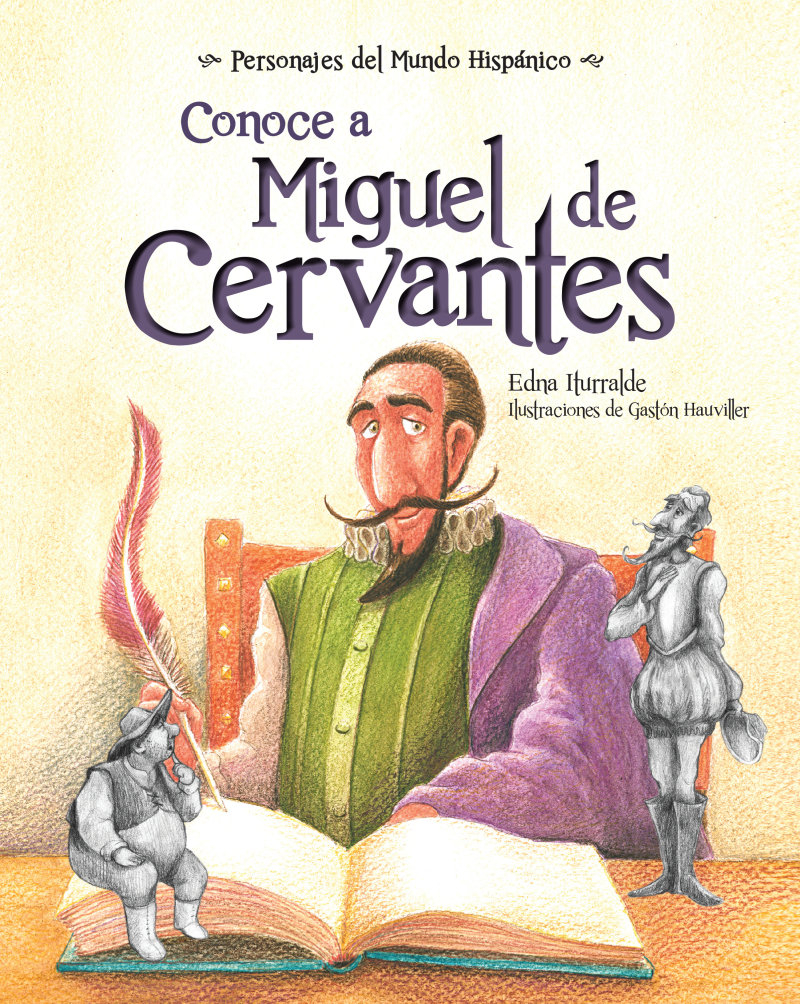
Photo: https://www.loqueleo.com/ -
Cervantes decided to apply to be a commissar for the Spanish Army because of his success as a writer. His work entails gathering resources from the populace, but some won't give the Armada what it needs. Miguel was charged with torture and imprisoned, although it was not his fault, and only for a short period.
He had enough material from his time in captivity to compose two plays and a book. Don Quixote is a novel by Miguel de Cervantes that relates the tale of an elderly man who became fascinated by legends of valiant knights and set out on adventures. The first portion of the book was published in 1605. your own, please.
Because of the financial difficulties he had had around three years earlier, he was once more imprisoned in Sevilla in 1597. The experience of being imprisoned in the house inspired him to write the bestselling book "Don Quixote," even though this has turned out to be a difficult time in his life. Don Quixote and Sancho Panza launched masquerade-themed works when they were first published in January 1605 in honor of Philip IV's birthday on April 8. Cervantes ultimately completed the second installment of Don Quixote in 1615 to receive financial support from his family for its publishing and public reading.
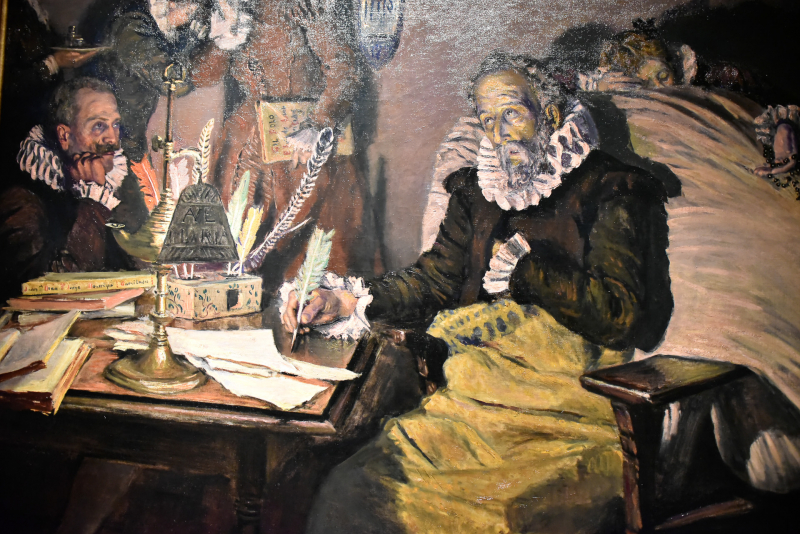
Photo: https://s.libertaddigital.com/ 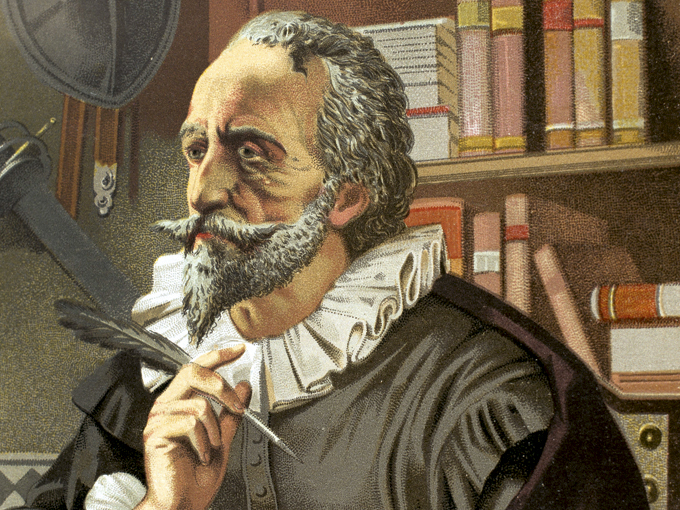
Photo: https://estaticos.muyhistoria.es/ -
One of the interesting facts about Miguel de Cervantes is that his true appearance is still unknown. Despite his future fame, many details of Cervantes' life, including his name, upbringing, and appearance, are unknown. Although he signed Cervantes, his printers used Cervantes, which is now the accepted spelling. There isn't a known genuine portrait of the author. Although Juan de Jáuregui is credited with the moniker that is frequently associated with Cervantes, both names were added afterward.
The only description of Miguel de Cervantes' visage that has been made public to date is found in the preface to his Exemplary Novel: The face is as green as jade, the hair is brown, the forehead is smooth and empty, the eyes are bright, and the nose is curved yet well-supplied, as can be seen.
This portrayal, which was created when the author was roughly 60 years old, is the foundation for all current images of Cervantes. Juan de Jáuregui, a poet, painter, and writer, is credited with creating the most well-known oil painting. Cervantes explicitly requests that Jáuregui paint his image in the prologue to his Exemplary Novel. The legitimacy of this portrait, which is housed at the Real Academia Espaola (REA), is still up for debate.

Photo: https://steemitimages.com/ 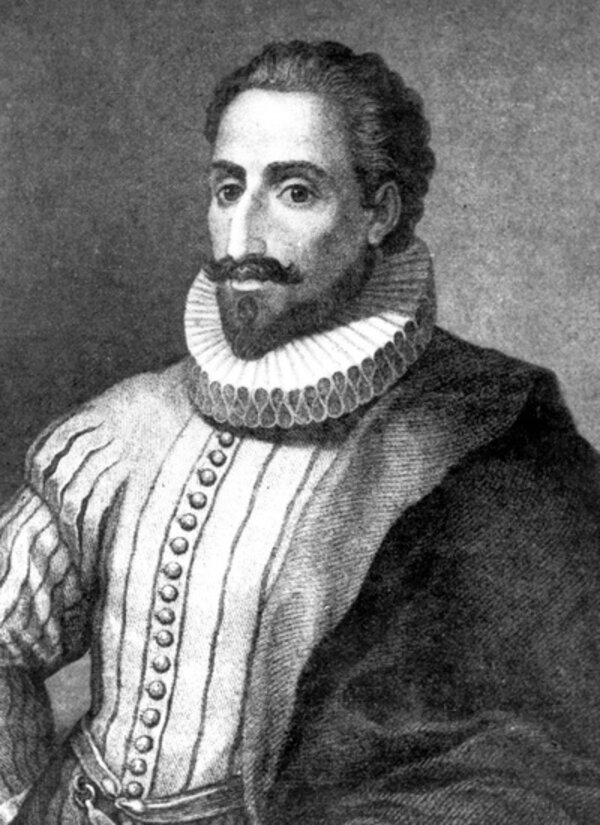
Photo: https://i1.wp.com/ -
Miguel is buried in an unmarked cemetery at the abandoned Trinitarian convent, whose name is now Calle de Lope de Vega, but no one is aware of where one can pay their respects to him. Miguel de Cervantes' lack of a will is an intriguing fact; as a result, no one knows where he will be buried.
Miguel de Cervantes passed away at the advanced age of 68, which was old for the period. His diabetes was most likely the reason for his demise. Cervantes joined the Third Order of the Franciscans around two weeks before he passed away, probably out of gratitude for the money the Order had donated to his family to free him from captivity in Algiers.
Miguel stipulated in his will that he wanted to be buried in the Convent of Barefoot Trinitarians church, which is located in the same district as where he lived. The precise site of his ultimate burial place, however, has long been unknown because his casket was later misplaced. That is, until recently. A group of forensic scientists discovered what they thought to be Miguel de Cervantes', his wife's, and 16 other people's bones in 2015. Sadly, DNA testing and searching for indications of the wounds he incurred during the battle have not been able to conclusively determine whether or not his remains were among those discovered. However, a lot of people think this solves a 400-year-old enigma.
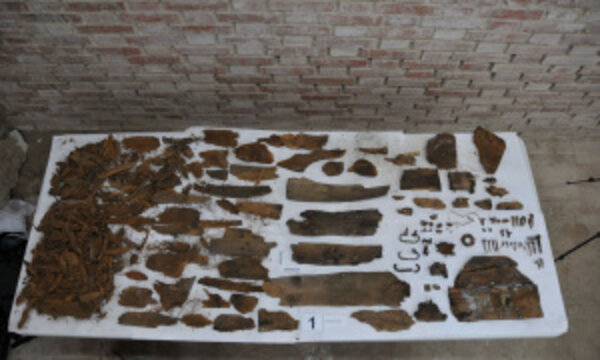
Photo: https://firstnighthistory.files.wordpress.com/ 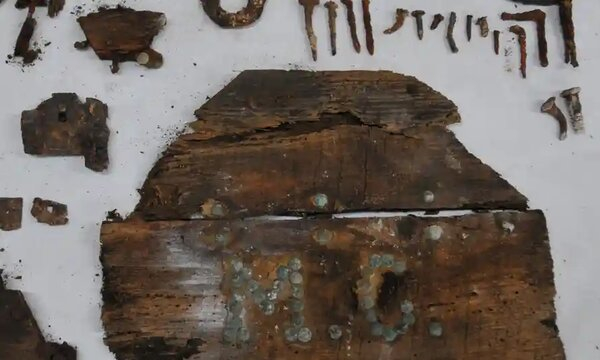
Photo: https://i.guim.co.uk/










